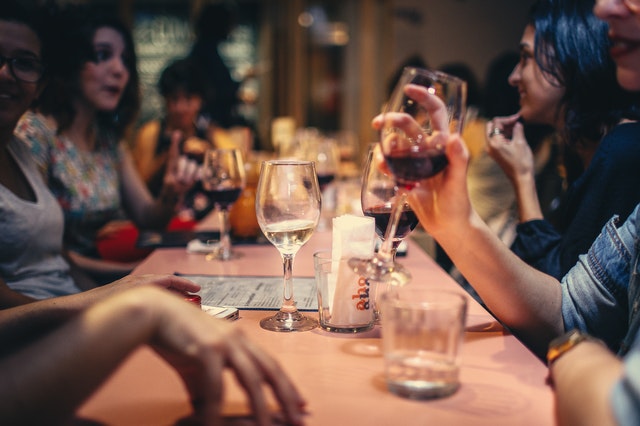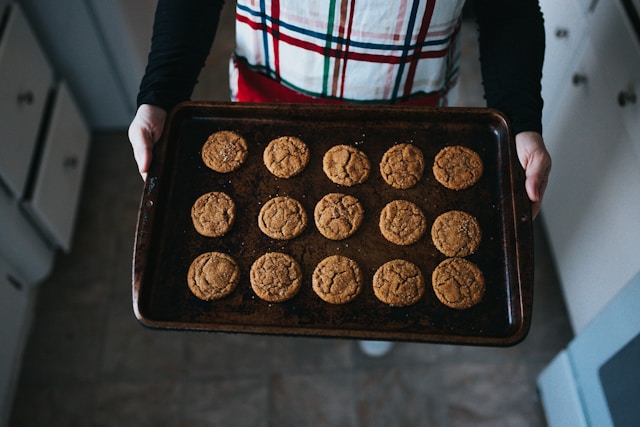Looking for ways for your restaurant to make more revenue? Finding ways to attract more customers is one way of doing this, however another solution is to encourage the customers you’re already receiving to spend more money. You can do this without having to increase your prices. Below are just a few examples of how to get customers to spend more when using your restaurant.
Upsell extras
Upselling is a popular way to encourage customers to spend more. For example, if a customer is ordering a burger, you could ask them if they want to double up their burger for a little extra. Alternatively, if a customer is ordering a glass of wine, you could ask if they want to opt for a large glass. It’s important that you only ever upsell with a customer’s permission – if a customer asks for a glass of wine and does not specify the size, do not automatically get them a large glass. Make sure that your upselling tactics also make sense – don’t try to upsell side dishes that don’t pair with certain main dishes.
Offer profitable set menus/ multi-course deals
Set menus typically involve multiple courses or dishes that when bought together are cheaper than were you to buy them individually. The same goes for multi-course deals, which may involve paying less for one course if you have it with another course. Such deals may persuade certain diners to have extra courses, when they may otherwise have only had one course. This can mean more money spent on food – and in many cases more money spent on drinks too.
Keep the drinks flowing
Drinks are where many restaurants make much of their profit. For this reason, it’s important to maximize drink orders. It’s worth frequently asking diners if they’d like to order any more drinks – especially if you can see that glasses are starting to get empty. You should ideally order drinks as your customers sit down to get them in early. Before you give customers the bill, it’s also worth asking for drinks at the end – in many cases, you may be able to squeeze an extra glass of wine or a coffee out of diners.
Provide free tasters
Some restaurants like to occasionally offer free tasters of foods or drinks. This could be a way of encouraging customers to try more expensive dishes, side dishes or drinks that they might not otherwise think to try by allowing them to sample them. Ultimately, offering free tasters is a way of teasing customers into buying more. Just make sure that these tasters are only very small portions that will not lead to loss.
Visually promote premium drinks and dishes
It’s worth visually promoting any high value profitable dishes of drinks to encourage customers to opt for these options. This could include using signs or posters, or simply drawing special attention to these dishes and foods on your menu with pictures or large fonts. Feel free to also promote your cheapest drinks and dishes to provide some balance.
Allow customers to set up a tab
Rather than making customers pay as they order, consider allowing customers to start a tab. This is standard practice in most fine dining restaurants. In more casual dining establishments like cafes it is less common, however it can still be worth enabling in most cases. In most cases, cardholder data is taken at the end. However, using API payment integration for your restaurant, you can take cardholder data at the beginning of the night and then process subsequent payments using this cardholder data. It’s up to you as to which method you choose.
Play the right music
Studies have found that playing slow tempo music encourages customers to stay at their table longer, while fast music encourages customers to leave more quickly. As a result, playing slow music can encourage customers to order more drinks and spend more money overall. Of course, if you’ve got lots of bookings and want to turn over tables fast, playing fast music may be a better option.
Choosing calming decor and comfortable furniture
Interior design can have a big impact on how much customers spend too. Warm colors and soft lighting are commonly chosen because they put diners at ease, encouraging them to stay longer. Similarly, it’s worth investing in comfortable furniture to help customers relax. If the decor is too energetic and the seats aren’t cozy, you could find that customers want to leave sooner, leading to less money spent.


